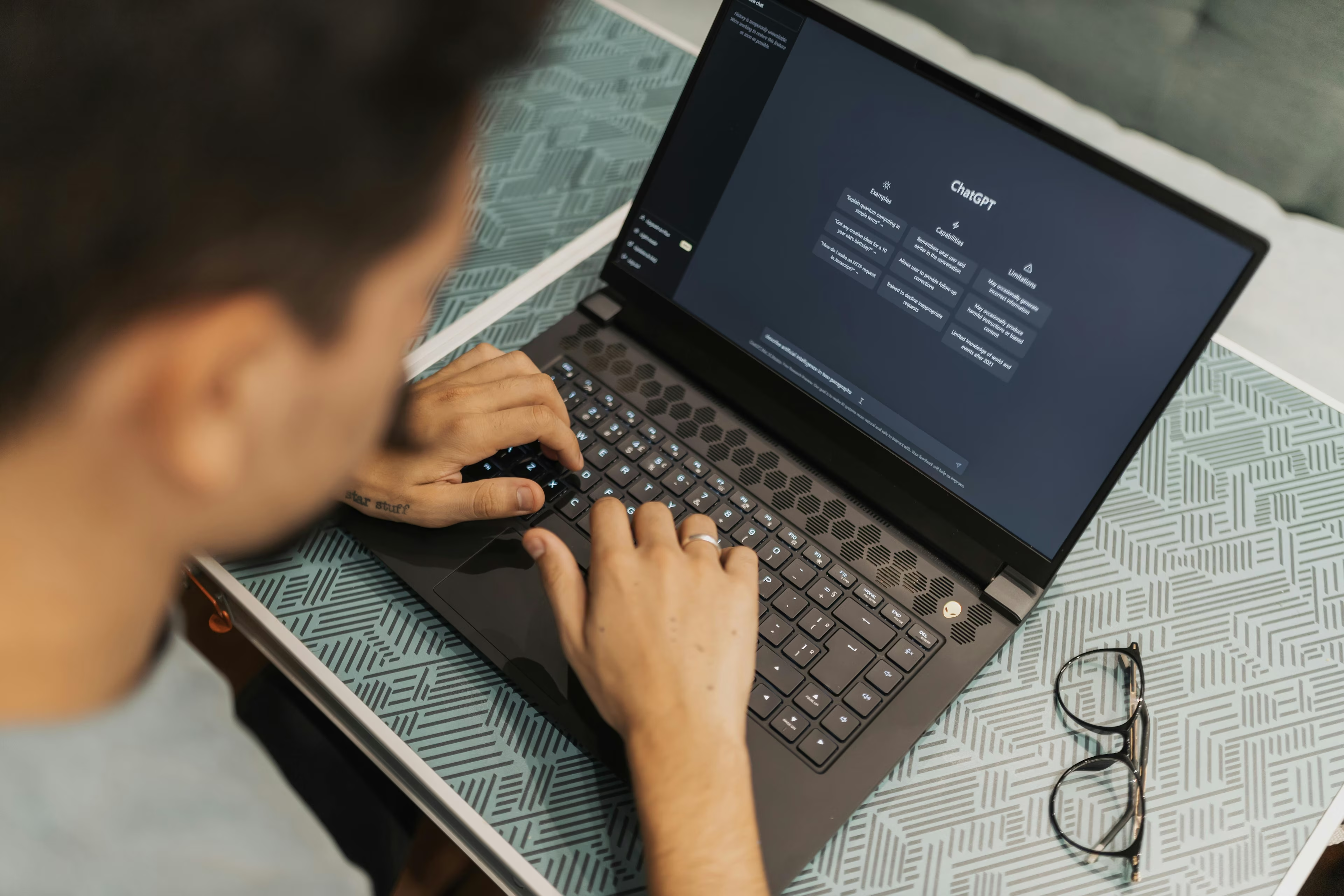DeepSeek has shaken up the AI industry, overtaking ChatGPT to become the most downloaded free app on the Apple App Store in the US.
A key differentiator is that the Chinese app is open source, meaning anyone can copy, download and build on it.
The World Economic Forum’s AI Transformation of Industries initiative is exploring the challenges and opportunities in AI-driven innovation.
세계경제포럼, 2025년 2월 5일 게시
Charlotte Edmond
Senior Writer, Forum Agenda

Has AI just had its “Sputnik moment”? That’s to say, has Chinese company DeepSeek created a new approach to developing AI models that is cost-effective, energy-efficient and accessible?
That’s what influential tech venture capitalist Marc Andreessen thinks, hailing DeepSeek as “one of the most amazing and impressive breakthroughs I’ve ever seen – and as open source, a profound gift to the world”.
But what is open-source AI? And why is it such an important breakthrough?
Why is DeepSeek different?
Based on news headlines over the past few weeks, DeepSeek has upset the tech applecart. The UK’s Financial Times likens founder Liang Wenfeng to a David taking on the Goliath of America’s big tech giants.
Based in Hangzhou and funded by Chinese hedge fund High Flyer, DeepSeek was only established in 2023. Its flagship DeepSeek-R1 model, launched in January 2025, appears to show comparable reasoning and mathematical skills with other leading rivals. But there are some key differences on how it developed.
Unlike OpenAI’s ChatGPT and Anthropic’s Claude for example – whose models, data sets and algorithms are secret – DeepSeek is open source, meaning it is available for anyone to download, copy and build upon. Its code and comprehensive technical explanations are freely shared, enabling global developers and organizations to access, modify and implement.
By contrast, although Meta and Google’s models are open to anyone to view, they are also not seen as being truly open source because the way users apply the models is restricted by licences and the training data sets aren’t made public.

The US is still the leading source of AI models.Image: Stanford University
Cheaper and more energy efficient
Another key differentiator of DeepSeek is the cost to build. Some numbers suggest it was built for $5.6 million – just 10% of the cost of Meta’s Llama. This has pulled into question whether the huge funding circulating around the AI market, in the US in particular, is as necessary as first perceived. Shares in Nvidia, which designs semiconductor technology powering AI, fell sharply at the end of January as a result.
If it’s shorter and less energy-intensive to set up, that’s good news for the environment: the high electricity consumption related to AI is significantly driving up carbon emissions. DeepSeek’s approach could offer a path towards more sustainable AI scaling.

The US has invested more in AI than either the EU or China.Image: Stanford University
How could open-source AI change the market?
By the end of January 2025, DeepSeek had overtaken ChatGPT as the most downloaded free app on the Apple App Store in the US. Many believe its rapid rise could be a significant step in democratizing AI, allowing smaller companies, start-ups and individual developers to build on DeepSeek-R1.
A more egalitarian AI-for-all approach could accelerate innovation in regions with limited access to cutting-edge technologies and drive advancements in the technology more broadly, it’s argued. Instead of focusing on building specialized models, developers can dedicate resources to creating specialized applications, unlocking the power of AI to solve real-world problems.
This aim is also promoted by the World Economic Forum’s AI Transformation of Industries initiative, which is exploring the challenges and opportunities in AI-driven innovation. Its latest whitepaper explores the transformative potential of AI across industries.
Many in the tech community believe that the open-source nature of DeepSeek will help foster a collaborative environment and accelerate AI innovation. There is also a feeling that open-source models may be perceived as being more trustworthy as people are able to interrogate training data.
Indeed, the lack of transparency around the training data used for many of the leading models has led to lawsuits against several leading players.
That said, DeepSeek has faced criticism for alleged censorship, both in its answers and training data. And it has been prohibited by several governments, citing privacy concerns. Ensuring clear data handling, robust security measures and minimizing censorship will be critical for building trust and fostering wider acceptance of the technology.

The number of AI-related regulations in the US has climbed rapidly.Image: Stanford University
On the other side of the argument, some people contend that open-source AI poses considerable risks, and could be used for malicious purposes such as developing bioweapons, as well as facilitating the spread of mis- and disinformation.
Either way, DeepSeek is causing the AI industry to rethink competitiveness. Its apparent cost-effective, open-source approach disrupts traditional notions and is prompting countries to reflect on what truly enables success in the AI era.
And while its open-source framework promotes inclusivity and transparency, it also raises important questions about data privacy, geopolitical dynamics and security. As the technology continues to evolve, navigating these challenges will be key to unlocking its full potential and ensuring its responsible adoption.


